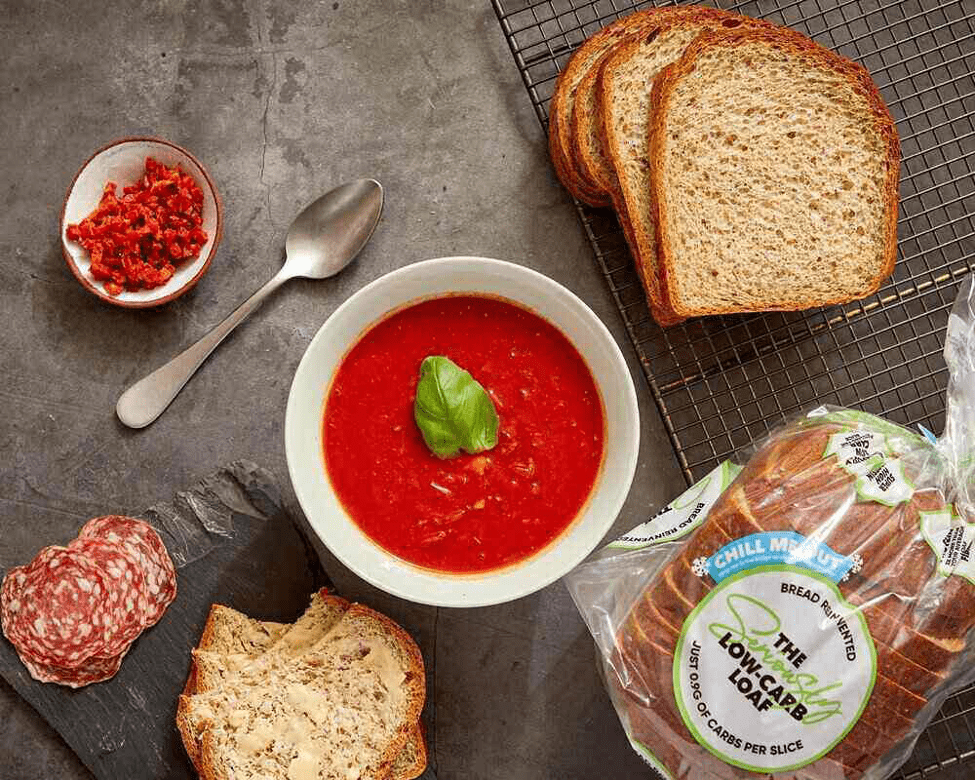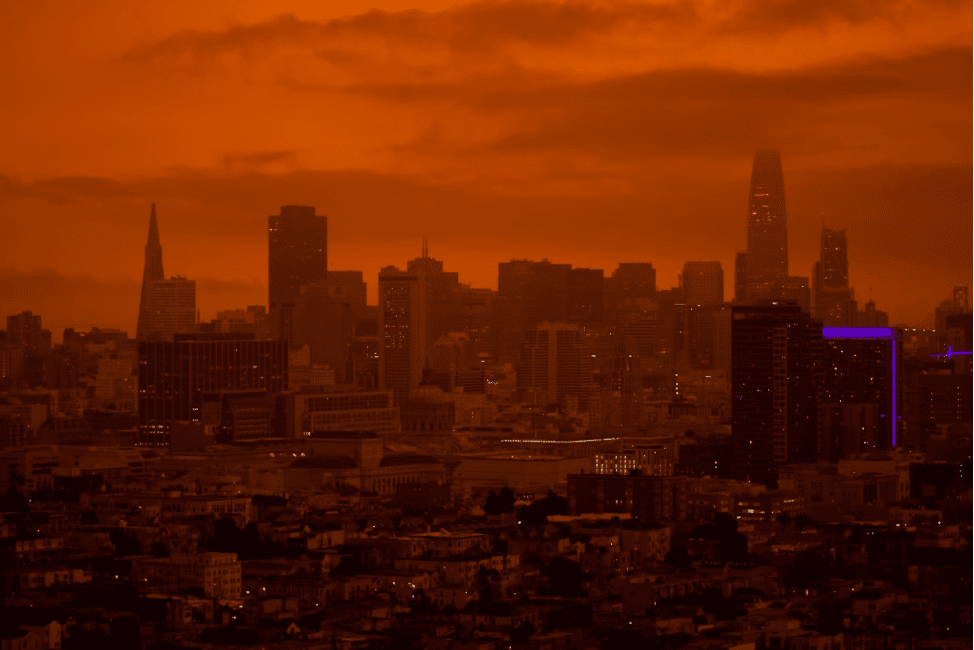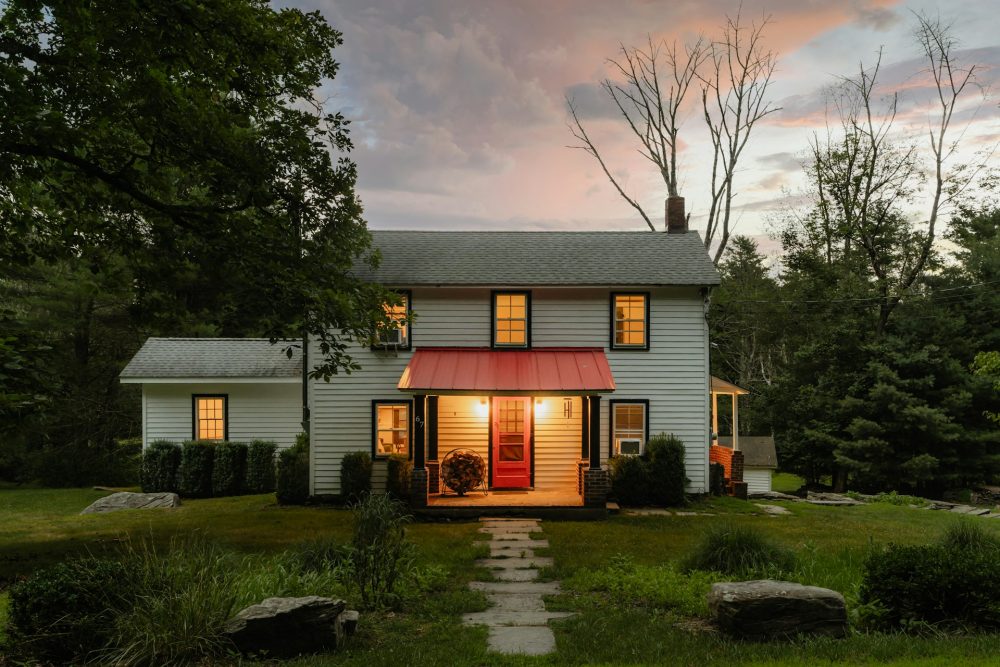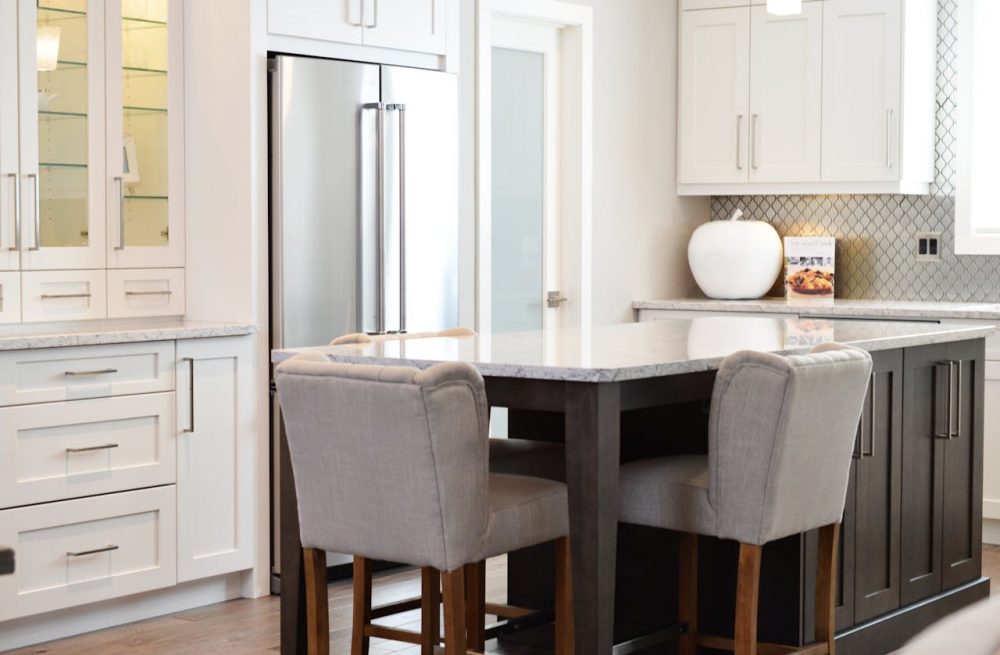After a day spent outdoors, nothing beats the warmth of a campfire. Whether it's for cooking, warmth, or simply creating a cozy gathering spot, a campfire is the centerpiece of any campsite. But knowing how to make a campfire is more than just striking a match and hoping for the best. It requires the right technique, proper materials, and a bit of patience to create the perfect fire.
In this guide, you’ll discover everything you need to know about building and maintaining a campfire, including different fire types, essential materials, and safety tips to ensure your campfire experience is both enjoyable and safe.
Types of Campfires
Not all campfires are created equal. The type of campfire you build can affect its heat output, burn time, and cooking potential. Here are the most popular types of campfires and how they work:
1. Tepee Fire (Cone Fire)

Pexels | Min An | The tepee fire is easy-to-build campfire shape that heats up quickly.
The tepee fire is the classic campfire shape. It’s easy to build and works great when you need a fire that heats up quickly. To create this type of fire, start by placing a small bundle of tinder at the center of your fire pit. Surround the tinder with kindling arranged in a cone shape. As the fire grows, continue adding larger sticks.
2. Log Cabin Fire
For a longer-lasting fire, the log cabin arrangement is ideal. Stack two larger pieces of firewood parallel to each other, and then place two more pieces perpendicular to them. Repeat this process to build a square. Once you’ve built the structure, place your tinder and kindling in the center and light it up. The logs will slowly collapse in on each other as they burn, creating a steady heat source for hours.
3. Platform or Upside-Down Pyramid Fire
If you plan to cook on your fire, the platform fire is your go-to option. In this fire setup, the logs are stacked in layers, starting at the bottom and working your way up. The fire starts at the top and burns downward, creating a solid bed of coals, ideal for cooking.
4. Star Fire
When wood is in short supply, the star fire can be a lifesaver. This fire type uses whole, un-split logs arranged around a small tepee structure. The logs burn at the ends, and as they burn down, you push them closer to the center to keep the fire going. The star fire is efficient and long-lasting.
5. Lean-To Fire
If you're camping in windy conditions, the lean-to fire is perfect for keeping your flame safe from gusts. By leaning your kindling against a log or larger stick, the structure protects the fire from the wind. This is a good choice when it's tough to keep a fire lit due to strong winds.
Materials You’ll Need to Make a Campfire
To build a successful campfire, you'll need the right materials. Here’s a rundown of what you’ll need to gather before you begin:
1. Tinder
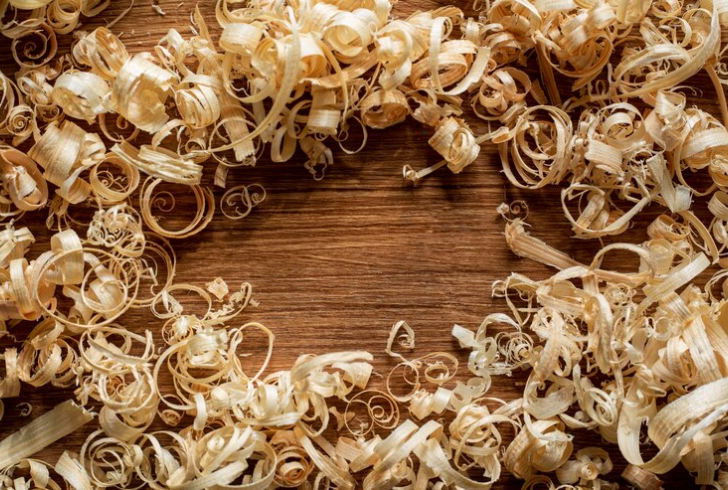
Freepik | Tinder is the highly flammable material that ignites the fire.
Tinder is the small, easy-to-burn material that will catch the flame and start the fire. Common options include:
1. Dry leaves or grass
2. Pine needles
3. Paper or cardboard
4. Dryer lint
5. Commercial fire starters
Make sure to bring your own tinder if the area around your campsite is damp.
2. Kindling
Kindling consists of small twigs or branches. These are used to feed the fire after the tinder has caught. The kindling should be small enough to catch the flame but large enough to feed the fire once it starts.
3. Firewood
Firewood is the fuel that keeps the fire going. Always use dry, seasoned wood, as wet wood can be difficult to ignite and will produce a lot of smoke. Common types of firewood include:
1. Oak - Dense and slow-burning, ideal for long-lasting fires.
2. Maple - Produces a lot of heat and burns slowly.
3. Birch - Burns quickly but provides a bright flame.
4. Ash - Easy to split and burns evenly.
4. Flame Source
While you may know how to start a fire with friction (using sticks and rubbing them together), it’s much easier to use matches, a lighter, or flint and steel. Waterproof matches or a fire starter kit are great additions to your fire-starting gear.
A Step-by-Step Process to Build a Campfire
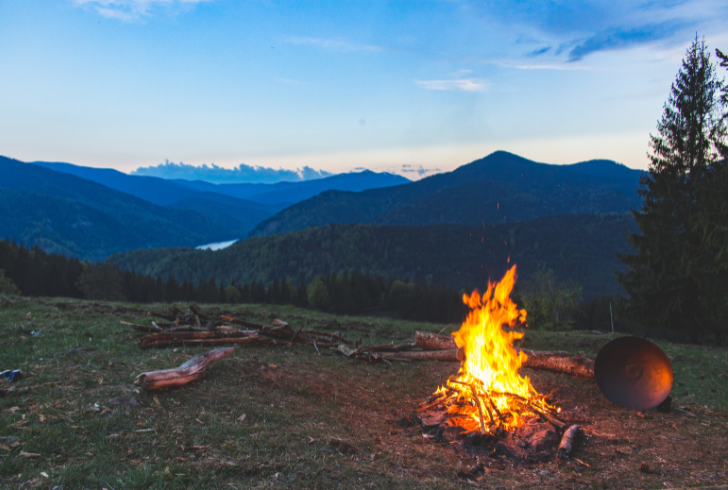
Pexels | Vlad Bagacian | Choose a safe, open area, away from flammable materials, to start your fire.
Now that you have all the materials, it’s time to put them to use. Here’s how to make a campfire that will burn steadily and safely.
1. Choose a Safe Spot
Start by selecting a safe location for your fire. Make sure it’s far from tents, trees, and anything else that could catch fire. Most campsites have designated fire rings or pits, but if you’re in a backcountry area, you may need to clear a spot and create your own.
2. Prepare Your Fire Pit
Clear the area around your fire pit of debris, leaves, and branches. You want to avoid any flammable material from catching fire unintentionally. If there’s no fire ring, you can build a circle using rocks to contain the fire.
3. Create a Tinder Bed
Lay a layer of tinder in the center of your fire pit. The goal is to create a solid base for the flame to catch and spread.
4. Add Kindling
Once the tinder is in place, build a structure around it using kindling. You can use the tepee style or whichever fire type you prefer. Arrange the kindling loosely to allow air to flow, which is essential for a successful fire.
5. Build the Fire
Now that you have your tinder and kindling in place, it’s time to add the firewood. Start small, and as the fire grows, add larger pieces. If you’ve chosen a log cabin or tepee fire, the logs will naturally collapse and feed the flames. For a platform fire, place the wood directly on top of the kindling.
6. Light the Fire
Use a match, lighter, or fire starter to ignite the tinder. Once it catches, blow gently on the base to provide oxygen. This helps the flame spread to the kindling and eventually to the larger logs. Continue to add kindling and firewood as necessary to keep the fire burning.
7. Enjoy Your Fire
Once your fire is up and running, you can sit back and enjoy its warmth. Whether you’re cooking, telling stories, or simply relaxing, the fire will be the center of your campsite.
Campfire Safety Tips
While campfires are a fun and essential part of camping, they also require careful handling. Here are a few safety tips to keep in mind:
1. Keep the fire under control - Never leave a fire unattended.
2. Put out the fire before bed - Always make sure the fire is completely out before you go to sleep. Use water or dirt to douse the flames.
3. Use designated fire rings - Only light fires in designated fire rings or pits.
4. Keep safety supplies nearby - Always have water or sand nearby in case you need to put out the fire quickly.
Knowing how to make a campfire can transform your camping experience. With the right materials, fire-building techniques, and safety precautions, you’ll create the perfect fire every time. Whether it’s for cooking, warmth, or simply gathering with friends, a well-built fire can make any campsite feel like home.



